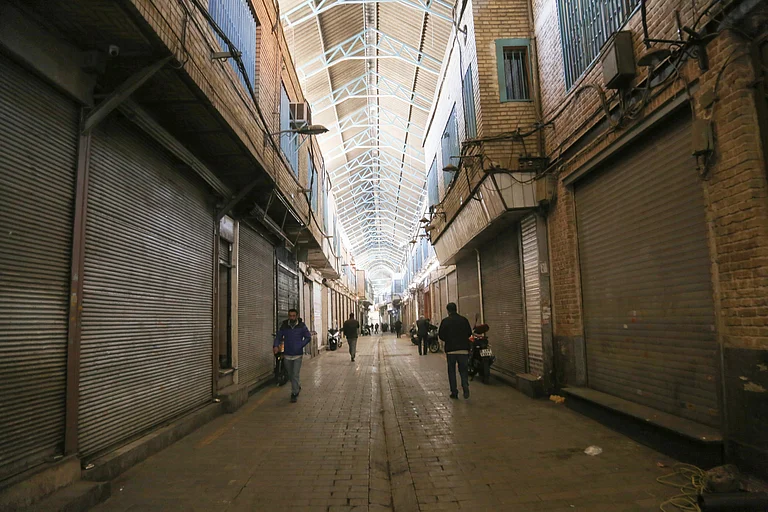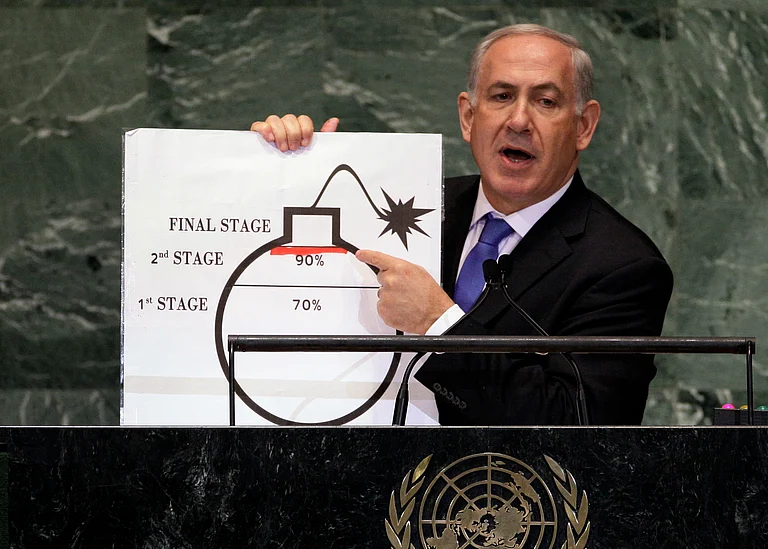A proposed ceasefire in the Gaza war, presented by US President Joe Biden, has sparked debate within Israel's governing coalition. Finance Minister Bezalel Smotrich and National Security Minister Itamar Ben-Gvir have threatened to quit the government if Prime Minister Benjamin Netanyahu agrees to the proposal. They insist that Hamas must be destroyed before a deal can be made.
Ben Gvir said his party would “dissolve the government” if the deal went through and slammed the proposal as “a victory for terrorism and a security risk to the State of Israel”.
“Agreeing to such a deal is not total victory – but total defeat,” he said.
Smotrich said he would “not be part of a government that will agree to the proposed outline”.
“We demand the continuation of the war until Hamas is destroyed and all hostages return,” Smotrich said on X, adding that he opposes the return of displaced Gazans to the territory’s north and the “wholesale release of terrorists”.
But opposition leader Yair Lapid pledged to back the government if Netanyahu supported the plan. However, earlier on June 1, Netanyahu also insisted that the destruction of Hamas was part of the Israeli plan laid out by Biden.
Mediators the U.S., Egypt and Qatar pressed Israel and Hamas, saying the proposed deal “offers a road map for a permanent cease-fire and ending the crisis” and gives immediate relief to both hostages and Gaza residents.
What Is The Ceasefire Proposal?
The proposal involves three phases:
Phase One:
- A six-week ceasefire
- Withdrawal of Israeli forces from Gaza population centres
- Exchange of hostages, including elderly and female detainees, for hundreds of Palestinian prisoners
- Return of Palestinian civilians to Gaza, including northern Gaza
- Daily delivery of 600 trucks carrying humanitarian aid into Gaza
Phase Two:
- Negotiations between Hamas and Israel to establish a permanent end to hostilities
- Continuation of ceasefire throughout negotiations
Phase Three:
- Implementation of a reconstruction plan for Gaza
- Return of remains of captives who lost their lives to their families
Recap Of Israel’s War On Gaza:
On October 7, Hamas attacked southern Israel, killing over 1,100 people and taking more than 240 hostage.
In response, Israel launched a military campaign in Gaza, which has resulted in the deaths of over 36,000 Palestinians, according to health officials. The war has reduced much of the Palestinian territory to rubble and displaced the vast majority of residents.
In November, Israel and Hamas held talks, resulting in the release of around 100 hostages in exchange for Palestinians held in Israeli prisons.
In recent weeks, the International Court of Justice ordered Israel to immediately halt its military offensive in Rafah, where more than a million Palestinians fled after being forced from their homes.



























